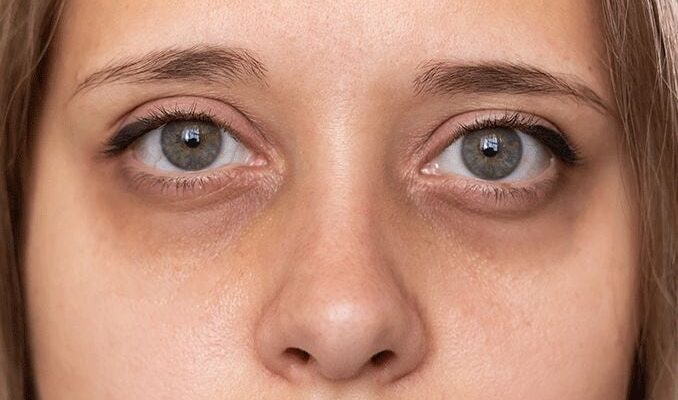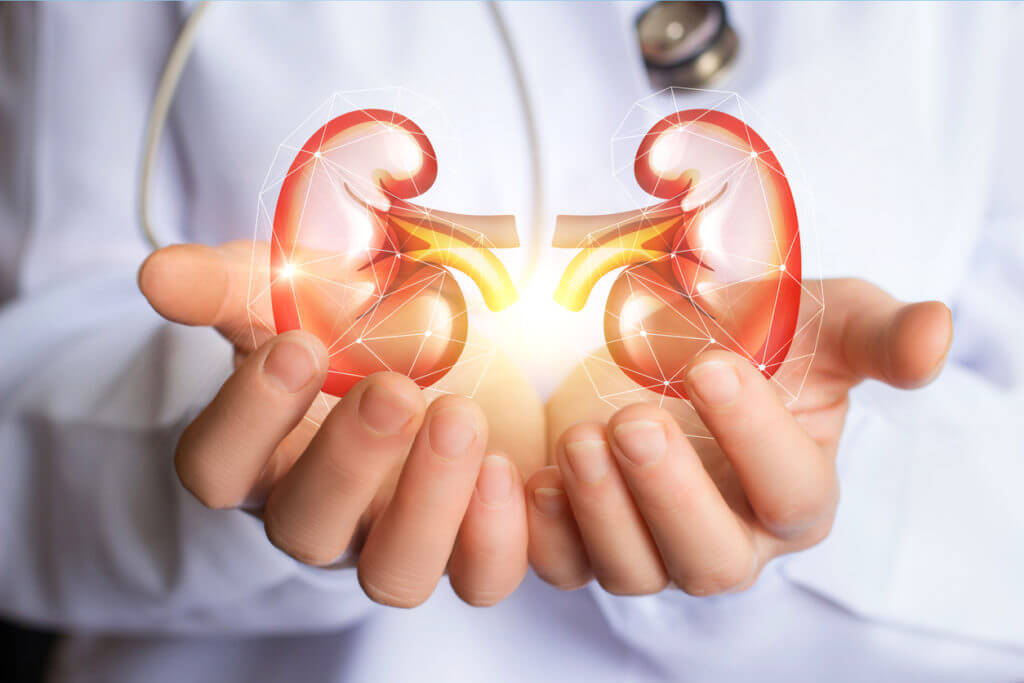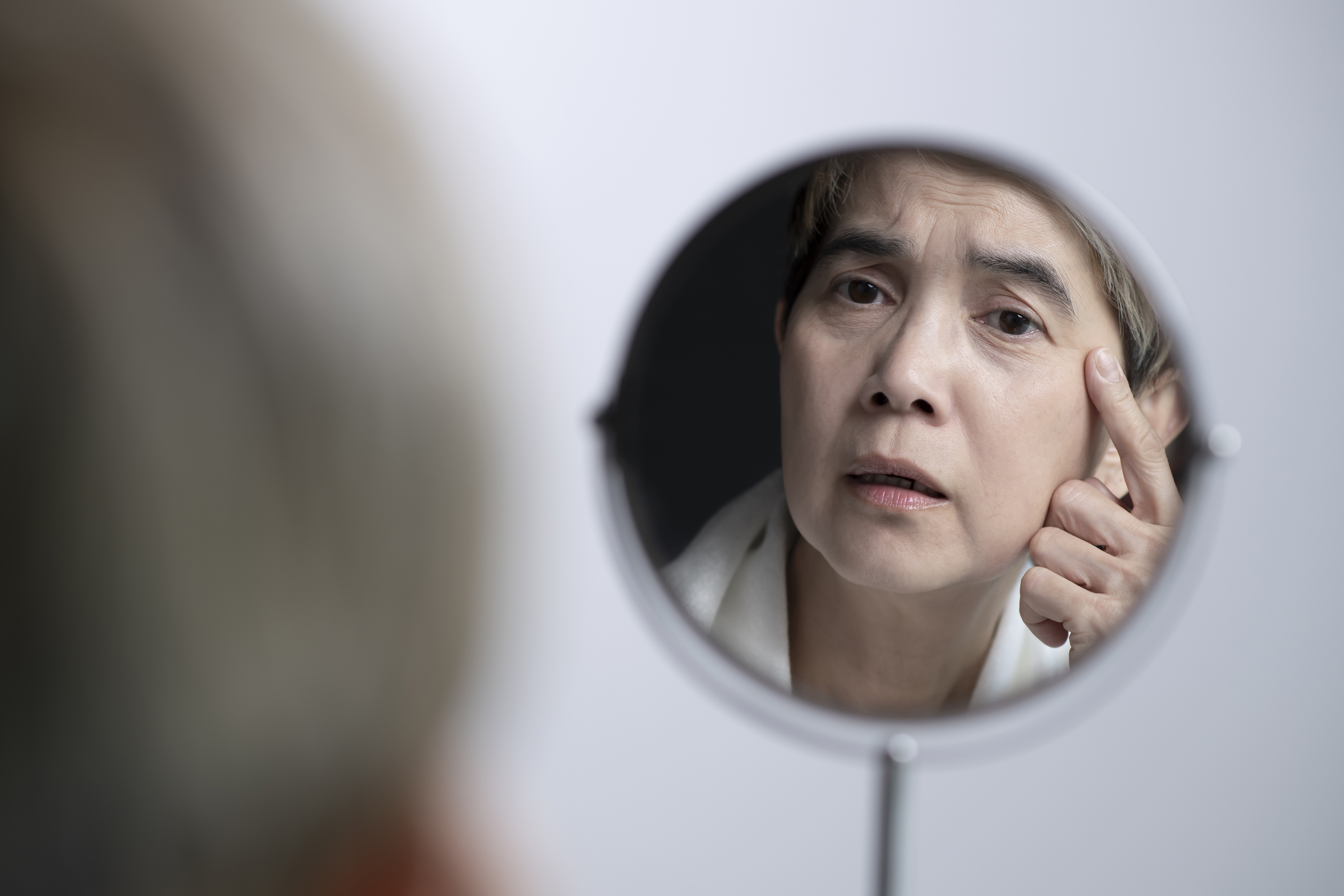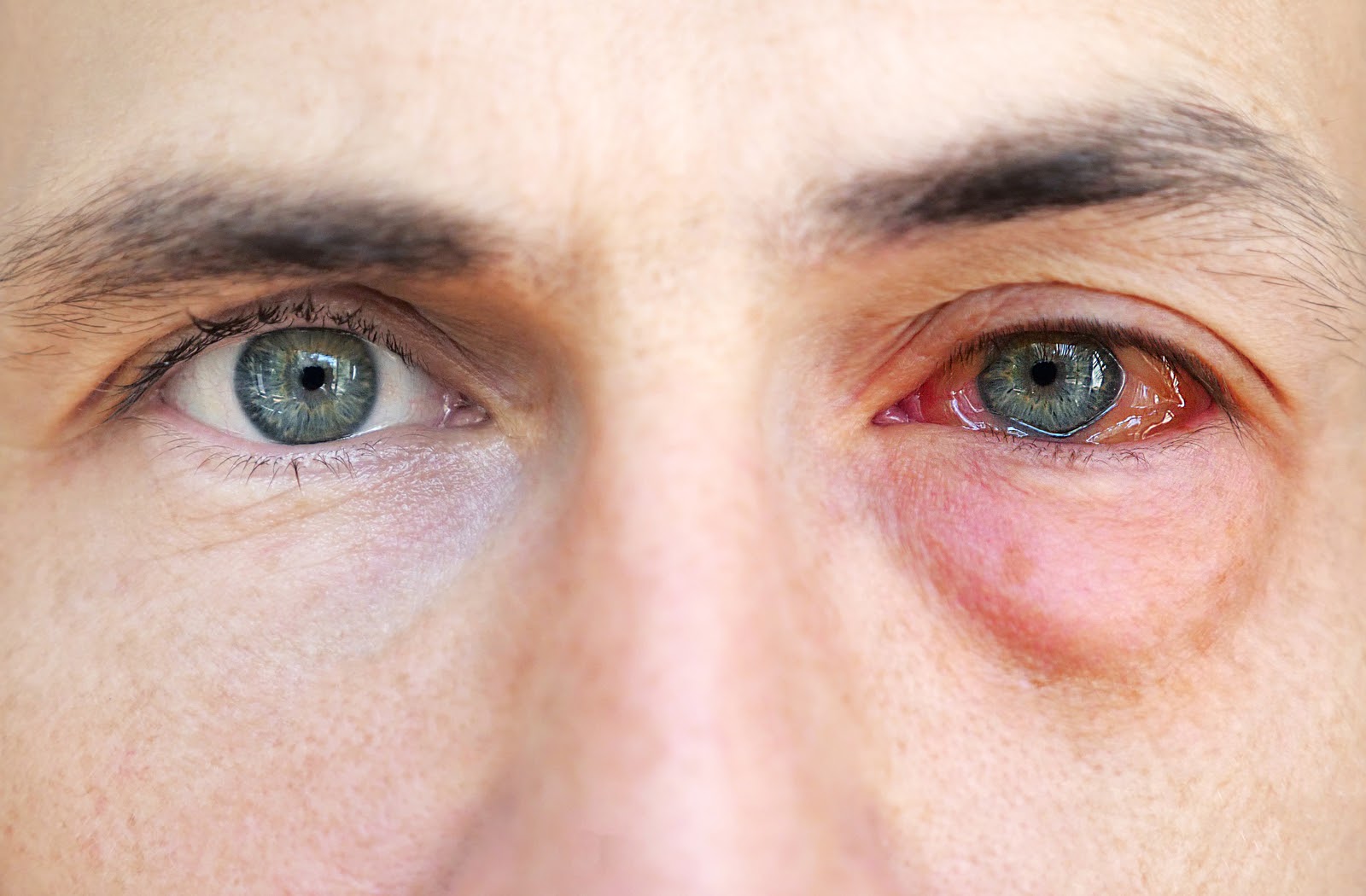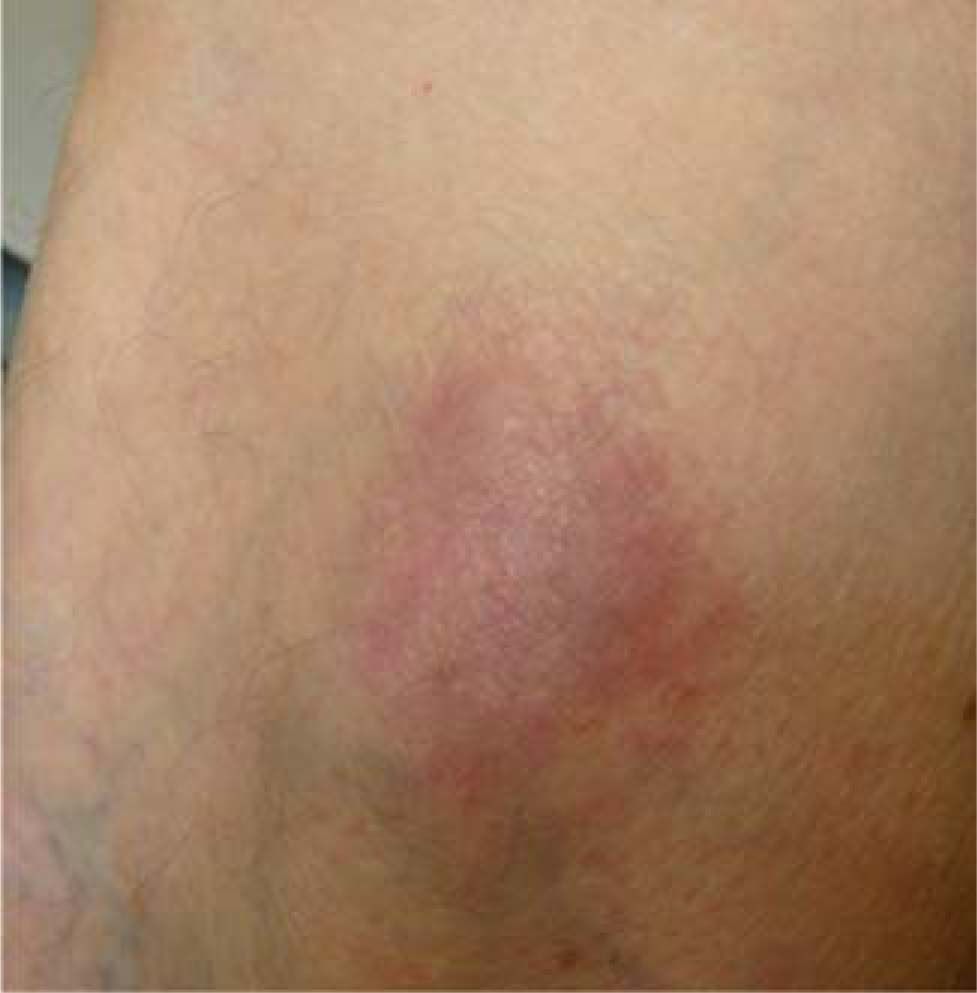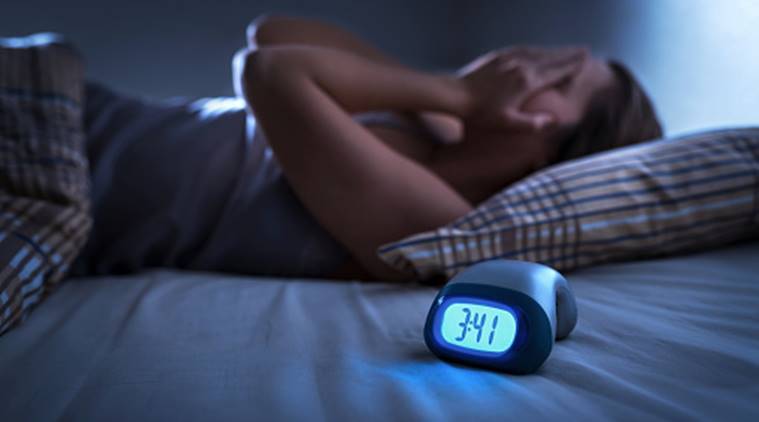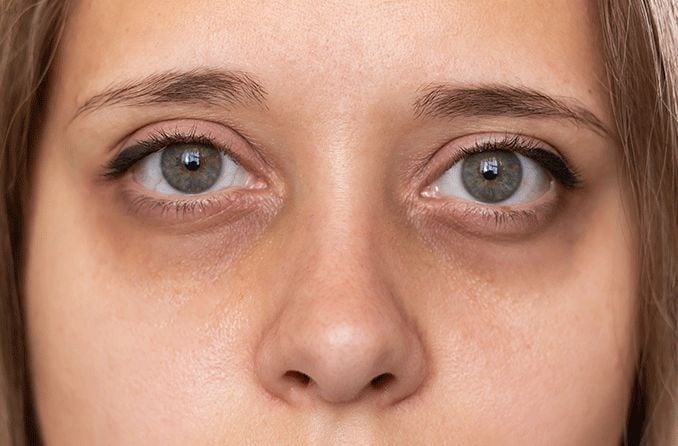
HT13. The Frightening Truth About Under-Eye Packs and Dark Circles: The Most Perilous Causes
Under-eye circles and puffiness are common cosmetic concerns that many people experience at some point in their lives. While they’re often associated with fatigue, stress, aging, or genetics, these under-eye changes can occasionally signal underlying health conditions.
In this article, we’ll explore the potential causes of dark circles and puffiness around the eyes—ranging from lifestyle factors to possible medical issues—based on information from trusted health sources.
Understanding the Anatomy of the Under-Eye Area
The skin beneath the eyes is extremely thin and delicate, making it more vulnerable to changes in blood flow, fluid retention, and skin pigmentation. Because of this, even minor imbalances or health changes can become visibly apparent.
Source: American Academy of Dermatology
1. Kidney Function and Fluid Retention
Mild puffiness under the eyes, particularly in the morning, can be a normal effect of fluid shifting while you sleep. However, persistent or severe swelling may occasionally be linked to fluid retention caused by kidney dysfunction.
In cases where the kidneys are not efficiently filtering waste or regulating electrolytes, swelling may appear around the face and eyes, often accompanied by symptoms like fatigue, changes in urination, or elevated blood pressure.
If you notice ongoing puffiness combined with other systemic symptoms, it’s important to consult a healthcare provider.
Source: Mayo Clinic
2. Sinus Congestion and Chronic Allergies
Chronic sinus issues or seasonal allergies can lead to inflammation and congestion, which affects the blood vessels under the eyes. This congestion can cause the veins to enlarge and darken, contributing to the appearance of dark shadows or circles.
Frequent sneezing, nasal congestion, or headaches along with dark under-eye circles may indicate underlying allergic rhinitis or sinusitis.
Treatment options include:
- Over-the-counter antihistamines
- Nasal corticosteroids
- Allergy testing for long-term relief
Source: Cleveland Clinic
3. Thyroid Conditions and Facial Puffiness
An underactive thyroid, or hypothyroidism, can cause facial puffiness, particularly around the eyes. This is due to changes in metabolism and fluid regulation associated with low thyroid hormone levels.
Additional symptoms may include:
- Weight gain
- Fatigue
- Cold intolerance
- Hair thinning
If you notice persistent puffiness with other signs, your doctor may recommend a thyroid function test.
Source: Johns Hopkins Medicine
4. Allergic Reactions and Eye Rubbing
Allergic responses, especially from pollen, dust mites, or pet dander, can lead to itchiness and inflammation around the eyes. Excessive rubbing of the delicate skin can damage small blood vessels, resulting in a darkened appearance, often referred to as “allergic shiners.”
To help manage allergy-related under-eye changes:
- Avoid known allergens
- Use hypoallergenic skin care products
- Treat symptoms early with antihistamines
Source: American College of Allergy, Asthma, and Immunology
5. Liver Function and Skin Changes
While rare, advanced liver conditions may sometimes contribute to changes in skin tone, including the area under the eyes. However, there is no strong clinical evidence linking everyday dark circles directly to liver disease unless other significant symptoms—such as jaundice (yellowing of the skin and eyes) or digestive issues—are also present.
Routine blood work and liver enzyme tests can help assess liver function if there’s a clinical reason for concern.
Source: National Institute of Diabetes and Digestive and Kidney Diseases (NIDDK)
6. Iron-Deficiency Anemia
Iron-deficiency anemia is one of the most common causes of dark circles, particularly in individuals with fair skin. When the body lacks sufficient iron, tissues may receive less oxygen, leading to a pale or sallow complexion, and enhancing the appearance of blood vessels under the eyes.
Symptoms may include:
- Fatigue
- Lightheadedness
- Shortness of breath
- Cold hands and feet
A complete blood count (CBC) test can help diagnose anemia, which is typically treated with dietary adjustments or iron supplements.
Source: Centers for Disease Control and Prevention (CDC)
7. Sleep Disorders and Fatigue
Sleep deprivation is one of the most common and well-known contributors to both puffiness and dark circles. In particular, conditions like obstructive sleep apnea can interfere with restful sleep, leading to chronic fatigue and under-eye concerns.
Symptoms of sleep apnea include:
- Loud snoring
- Interrupted breathing during sleep
- Morning headaches
- Excessive daytime sleepiness
If poor sleep is accompanied by these symptoms, it may be helpful to consult a sleep specialist for further evaluation.
Source: Sleep Foundation
8. Lifestyle and Dietary Factors
Several lifestyle-related habits can contribute to under-eye changes, including:
- High-sodium diets: May lead to water retention and puffiness.
- Dehydration: Can cause the skin to appear dull and sunken.
- Alcohol consumption: May dilate blood vessels, making dark circles more visible.
- Smoking: Accelerates skin aging and reduces blood flow, worsening discoloration.
Maintaining a balanced diet, staying well-hydrated, and limiting alcohol and tobacco use can significantly improve under-eye skin tone and reduce swelling.
Source: Harvard Health Publishing
Additional Common Causes
- Aging: Natural thinning of the skin and shifting fat pads under the eyes contribute to hollowing and shadowing.
- Genetics: Dark circles often run in families and may simply reflect inherited traits.
- Eye strain: Excessive screen time can cause blood vessels to dilate, worsening discoloration.
How to Improve Under-Eye Appearance
Addressing the root cause is the most effective way to reduce puffiness and dark circles. Here are general tips:
- Get 7–9 hours of quality sleep per night
- Apply cold compresses to reduce swelling
- Elevate your head slightly while sleeping to prevent fluid accumulation
- Use sunscreen daily to prevent pigmentation
- Consult a dermatologist for tailored skincare or treatment options
In some cases, topical creams, laser treatments, or filler injections may be recommended for persistent cosmetic concerns.
Source: American Academy of Dermatology
When to See a Doctor
You should speak with a healthcare provider if:
- Under-eye swelling is persistent or worsening
- Dark circles are accompanied by other systemic symptoms
- Over-the-counter treatments are ineffective
Early detection of underlying health issues—such as anemia, thyroid disorders, or sleep apnea—can lead to effective management and improved well-being.
Conclusion
Under-eye puffiness and dark circles are more than just a cosmetic issue—they can sometimes reflect deeper health or lifestyle factors. While many cases are harmless and treatable with basic skincare and healthy habits, persistent or severe symptoms may warrant a medical evaluation.
By paying attention to the signals your body is sending, including changes in the delicate skin around your eyes, you can take meaningful steps toward maintaining both your appearance and overall health.
